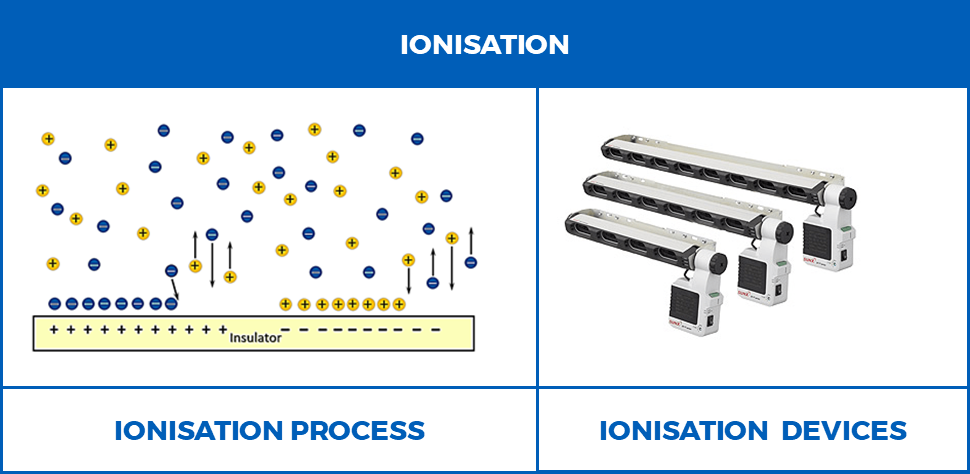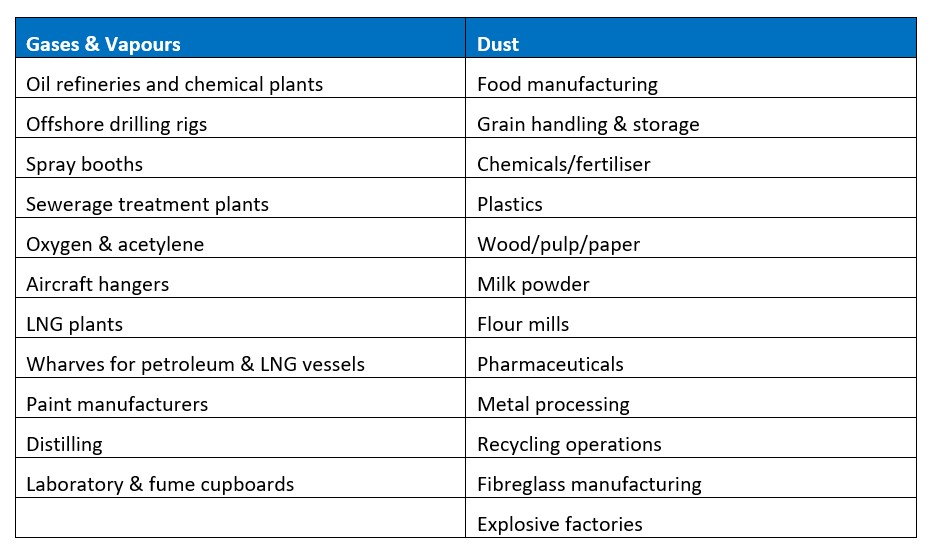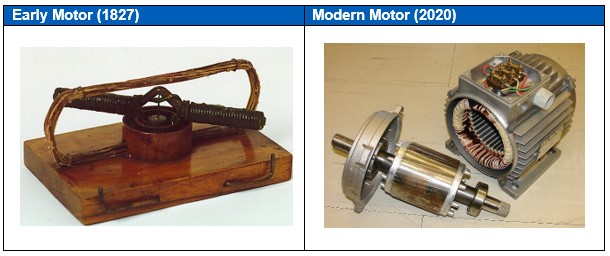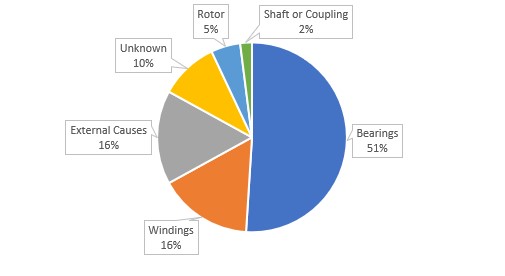May 2022 riddle answer
safety in numbers
safety in numbers
racecar
There are 11 squares.

There is a total of 16 ducks in the picture – did you get it right?
Static electricity can cause serious problems within the manufacturing environments from product quality issues to worst case scenario sparks being generated risking fire and explosion.
What causes static electricity?
Static electricity is caused when two materials rub against each other. Typically, the surface of every material has both protons(+) and electrons (-), with their charges being balanced; meaning the overall object has a neutral charge. However, when two objects rub against each other, the charges are separated and an electron or proton can move from one object to the other, resulting in each object becoming either positively or negatively charged. These objects will then attract (or repel) other objects.
So why is this a problem?
If two objects with a different electric potential are placed close together and if the voltage difference is sufficiently high, a spark can occur. Sparks can cause a serious risk of fires and explosions especially in environments where there are flammable materials or in environments where there is a lot of dust or fine powders.
While the creation of a spark is the most serious result of static electricity, static electricity can also interfere with the production process in other ways such as:
What factors affect the creation of static electricity?
Controlling static electricity
While the generation of static electricity cannot be stopped, its accumulation and dispersal can be controlled through:
What are Ionisers
Air Ionisers make the air sufficiently conductive to dissipate static charge. Whatever static charge is present on objects in the work environment will be reduced and neutralised by attracting opposite polarity charges from the air. Because it uses only the air that is already present in the work environment, air ionisation may be employed even in cleanrooms where chemical sprays and some static dissipative materials are not usable.

Some ionisation devices require airflow to operate properly and may incorporate fans in their design.
Static electricity is an invisible hazard in many production environments. If you would like advice on steps to protect your plant from static electricity, get in touch with the EAS team today on 07 834 0505 or [email protected]
In electrical engineering a hazardous area is a place where a fire or explosion hazard may exist due to:
which may be present in the air in quantities sufficient to produce explosive or ignitable mixtures.
Where are hazardous areas found?
Places like oil refineries, chemical plants and sewerage treatment plants are areas where hazardous gas vapours may be present; however, many companies don’t realise dust can also create hazardous areas in places such as food and beverage manufacturers, plastics factories and recycling operations.
Typical industries with hazardous areas

Due to the risks associated with these hazardous areas, staff accredited with an EEHA qualification need to take responsibility for installing and maintaining any electrical equipment in these areas.
EEHA qualified people can:
The electrical equipment installed in these areas must also be specifically designed and tested to ensure it doesn’t cause an explosion either due to arcing or its high surface temperature.
When installing electrical equipment in hazardous areas it is essential that:
EAS can coordinate the whole process of maintaining and installing electrical equipment in hazardous areas for you. From inspections, drawings, installation, testing and certification. EAS can deliver you a complete turnkey solution.
If you’re planning a new equipment installation in your plant, which is classed as a hazardous area, or need to conduct maintenance on equipment in hazardous areas; get in touch with the EAS team today on 07 834 0505.
When it comes to safety precautions and installation practices in hazardous areas, our team does not cut corners.
Electric motors have been around for centuries, becoming more refined and powerful over the years. Their role is to convert electrical energy into mechanical energy used in everything from your household appliances and computers to powering mega factories around the world.
The first motors were developed as far back as the 1740’s, however due to the challenges in generating the high voltages they needed for operation, these motors were never used for any practical purposes.
DC motors made a rise through the 1830’s, running up to 600 revolutions per minute, they powered basic tools and presses.
By the 1880’s the modern AC electric motor was taking shape, able to be adapted to many applications.

Today there is a wide variety of electric motor options for your plant. Key factors to consider when making your selection include:
The EAS team can work with you to help take the guesswork out of choosing the right motor for your application.
To ensure the longevity of your motor, maintenance is also a key consideration. Over their lifespan of your motor, both mechanical and electrical inspections should be carried out to help identify issues such as:
The importance of including these checks as part of your preventative maintenance plan have been proven by the Cooper Bussmann brand which found that old age was responsible for only 10% of the failure of electric motors.
The most common causes of motor failure are actually:

Source: A.Bonnett & C. Yung
In addition to regular checks on your motors some early warning signs for motor failure may include:
Ignoring these warning signs may lead to costly repairs and downtime for equipment. Getting a qualified and experienced electrician you can trust in to diagnose these issues is paramount for safety and the lifespan of your motors and equipment.
If you would like advice on the best motor selection for your machines, or if you would like maintenance or repair assistance, get in touch with the EAS team today on 07 834 0505 so we can work together to find the best solution for you.
A dictionary
The work an Industrial Electrician does is quite different to that of a residential or commercial electrician.
While all electricians have core skills in installing light fixtures, wiring and installing outlets; Industrial Electricians require skills that allow them to work in manufacturing environments where they maintain a far more extensive range of electrical systems from micro currents to high voltage components.
The Electrical and Automation Solutions (EAS) team of specialist industrial electricians are highly skilled in this work including:
EAS’ extensive experience working in food manufacturing environments means we understand the stringent protocols required to ensure the safety of your food manufacturing processes. Health & Safety is also a priority for our team. EAS are SHE and Prequal certified and go above and beyond to ensure that we fully understand and comply with all health and safety requirements of the sites we work on.
As an ISO9001 registered company, you can be assured that you will be delivered a quality solution that you can rely on.
If you need a Specialist Industrial Electrician you can trust to deliver your projects seamlessly, get in touch with the EAS team today on 07 834 0505 or [email protected].

